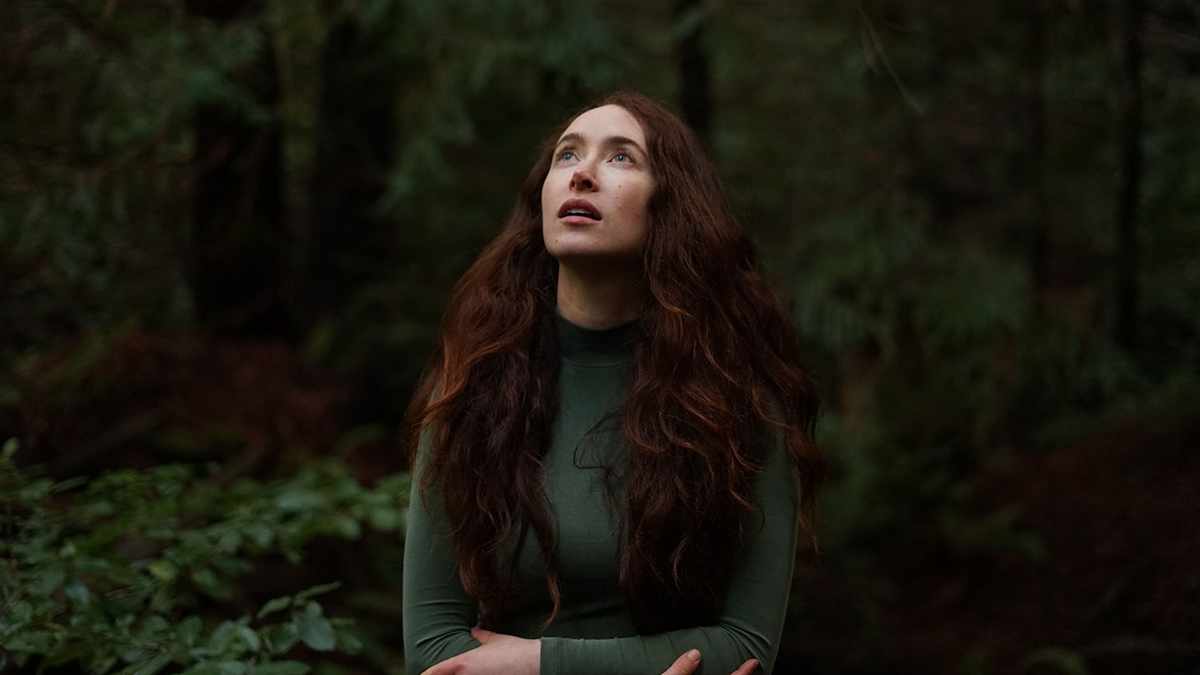A love song to disappearing wild places
A love song to disappearing wild places

1 Million Redwoods Project from Ayana Young on Vimeo.
For The Wild’s 1 Million Redwood Project is dedicated to renewing and preserving the biodiversity and resiliency of Cascadia’s temperate rainforest through holistic research, biomimetic reforestation, land conservation, and living libraries of native seed and fungi.
Since the inception of our 1 Million Redwoods Project, we have continued to learn how severely and extensively industrial logging and rampant development have impacted forests of the redwood bioregion. Up to this point, reforestation of logged land has primarily focused on a small number of profitable species, which are planted with damaged roots, laden with chemicals, in compacted soil. These trees are significantly compromised in the absence of essential fungal allies, companion plants, and the guidance of grandmother trees. This legacy of industrial logging and unprecedented climatic shifts are begging us to ask the question: how can our reforestation efforts encourage biodiversity and climate resiliency?
Our vision for Biodiversity Enhancement Test Plots has emerged in response. Guided by the work of forest ecologists Peter Wohlleben and Suzanne Simard, forest geneticist Sally Aitken, and biomimicry pioneer Janine Benyus, these test plots aim to reforest biomimetically, through a succession of native seed and fungi bombs.
The initial phase will include a mixture of fungal and bacterial inoculants, for a thriving belowground ecology is foundational to any land renewal. The particular assemblage of species accounted for will be dependent on location and level of site degradation. Ecosystem engineering native shrubs, grasses, and early successional tree species will be followed by shade-requiring herbaceous plants and slower-growing trees.
As the climate continues to shift, ecological decouplings and maladaptations are predicted to increase. For this reason, For The Wild affirms that a fixation on restoring specific species or assemblages of the past is obsolete. Instead, we aim to preserve and encourage mutualistic relationships between species and bolster functional diversity. The test plots will be spaces to observe natural succession and evolutionary adaptation on renewing lands as climate change unfolds. Our findings on what thrives, what struggles, and where will better inform future reforestation initiatives. We are interested to explore how biodiversity spreads from the test plots to surrounding forest, and how soil health, insect-pollinators, and birds (etc.) will be supported.
These Biodiversity Enhancement Test Plots are a long-term commitment, grounded in the humility of humanity’s limitations and the philosophy of deep time and deep ecology. Their ultimate guiding principle is that biodiversity creates resiliency because there are more possibilities for natural evolutionary processes to occur.
Although we consider direct seeding the most adept approach for resilient reforestation —as it is closest to natural regeneration and species are connected to the resource-sharing mycelial network from the moment the seed sprouts— we plan to include propagated shrubs and trees in addition to seeds. In spring 2018, we direct sowed 40,000 conifer seeds in an experimental raised bed and began gathering native seed. The collection and preservation of native seed is emerging as a vital arm of this work, as industrial logging has significantly depleted and privatized the availability of viable tree seed. We are excited to be building a coalition of local landowners, who have granted us permission to plant our trees and collect seed on a network of 6,000 acres, located in various forest zones throughout the redwood bioregion.
Additionally, we have also begun to index endangered species of the temperate rainforest and catalogue locations of healthy populations. We believe it is of the utmost importance to observe and study these wild populations as the climate grows increasingly unpredictable.
We hope to collaborate with scientists at UC Berkeley and Humboldt State, the Redwood Forest Foundation, local environmental organizations, policy makers, logging companies, and the Pomo and Cahto Nations. We are dedicated to citizen science and ensuring our research is engaging with and accessible to the public.
A LIVING LIBRARY
Our first Biodiversity Enhancement Test Plot, inoculated at For The Wild headquarters, will sprout the foundation for our living library. In this living library, we will tend ecologically important and rare native plants. It will also function as a source of seed for future research and reforestation initiatives. The second arm of this living library will be a native seed and fungal spore bank. Committed to a vision for bioregional seed sovereignty, our seed and spore library will be a collaborative community effort. It will be a space, in constant flux, where our co-conspirators can safeguard and exchange seeds and spores of Cascadia and beyond!
1-million-redwoods-project



